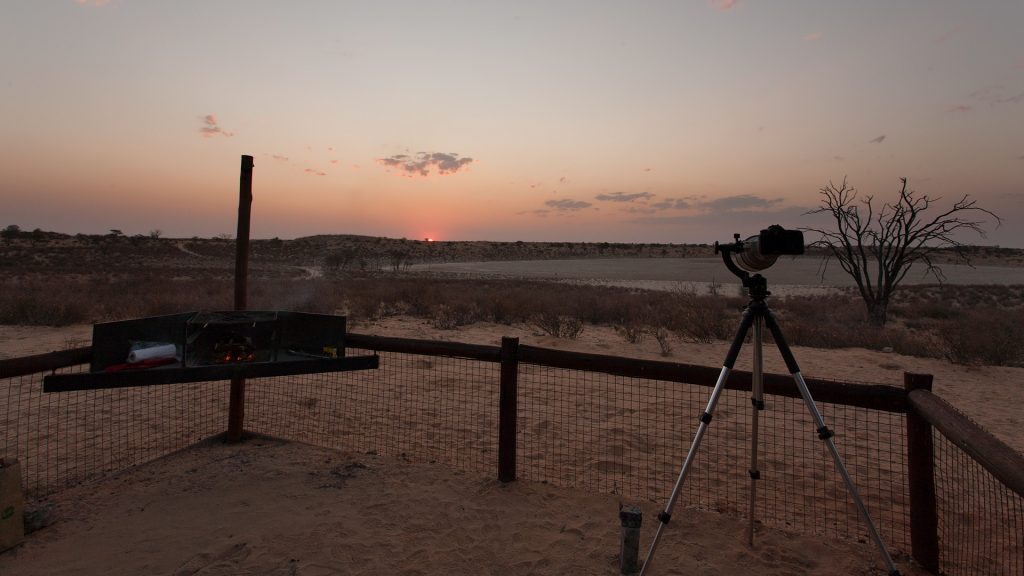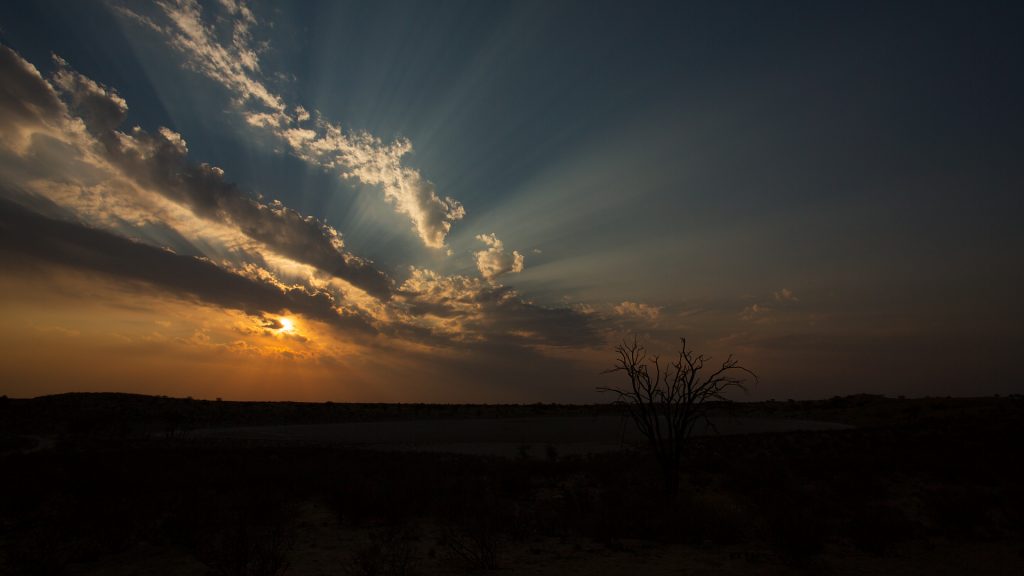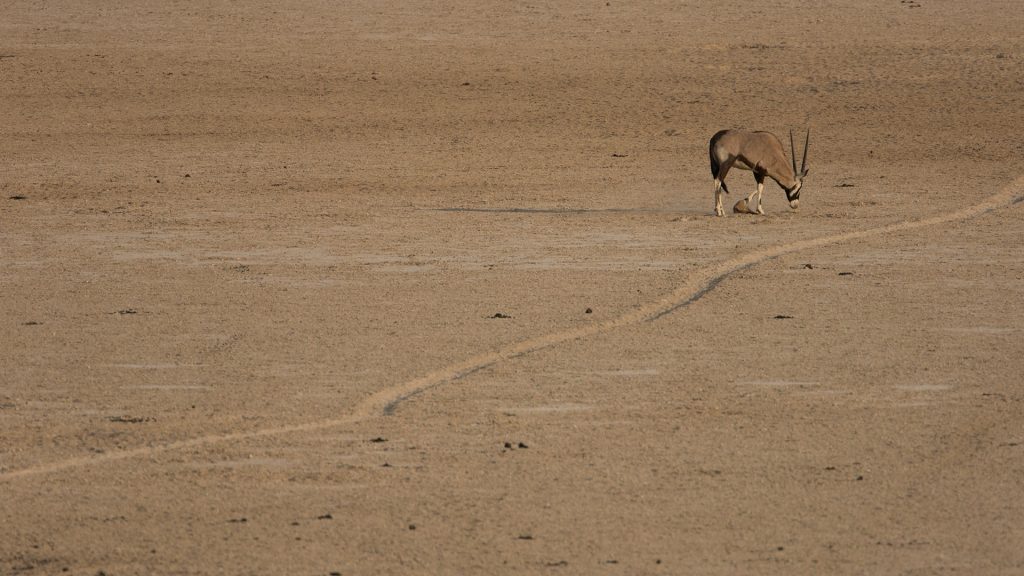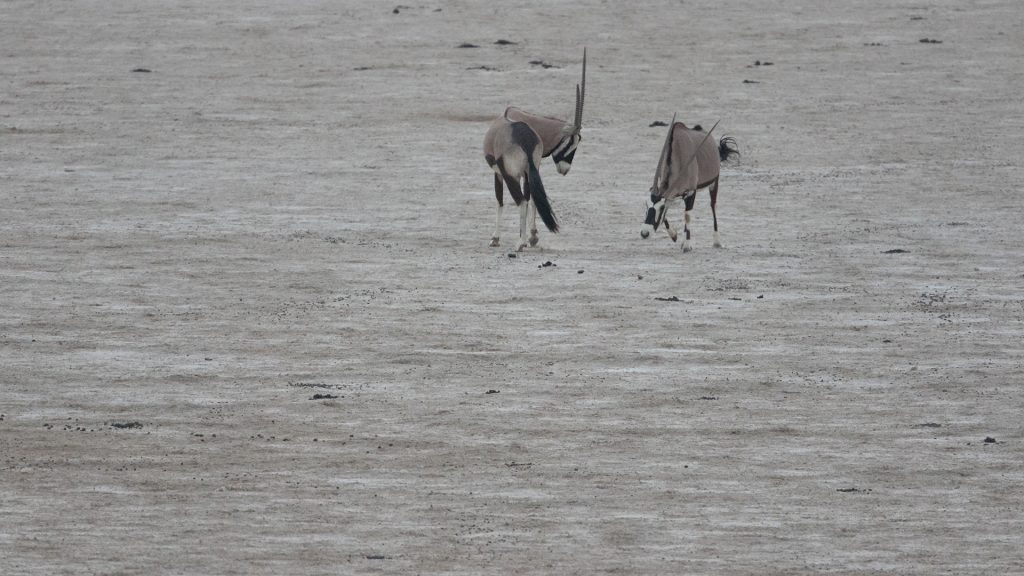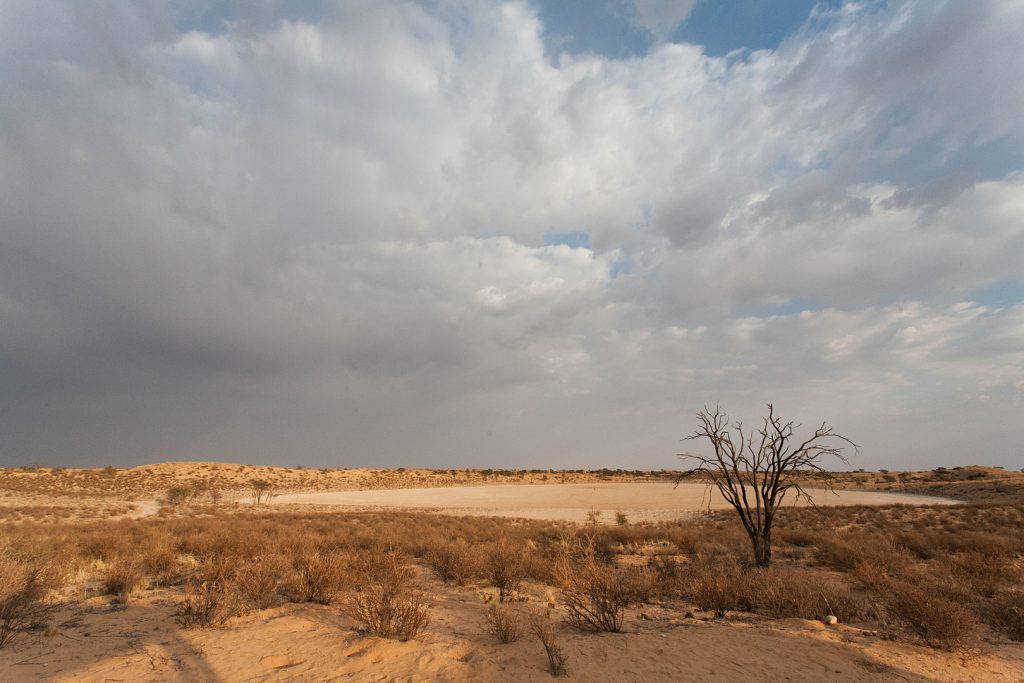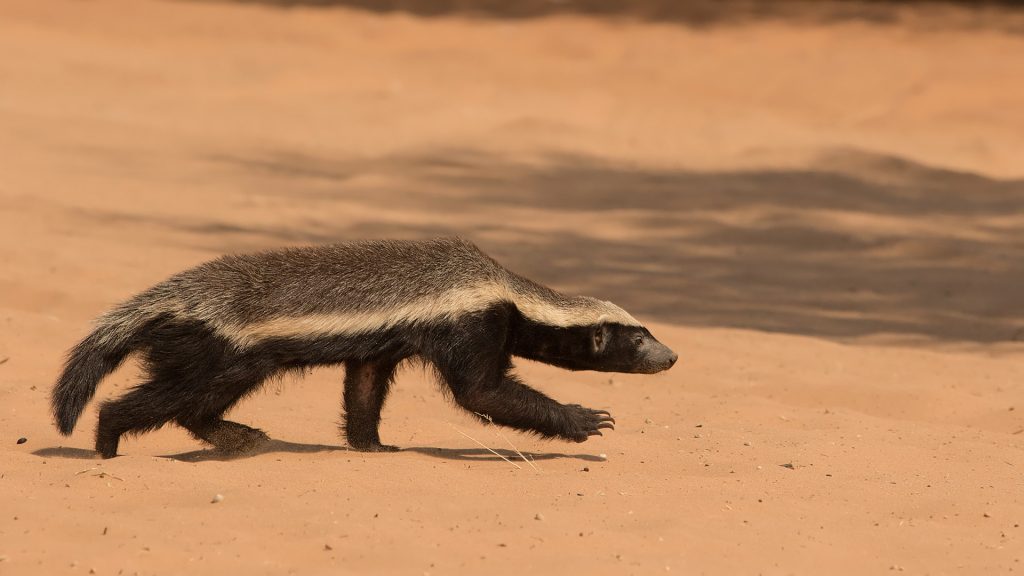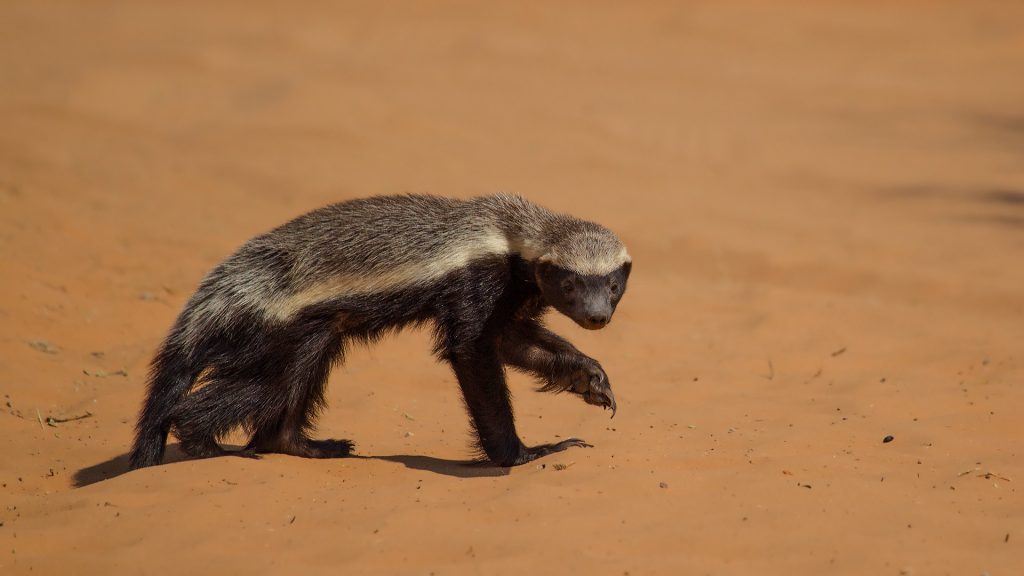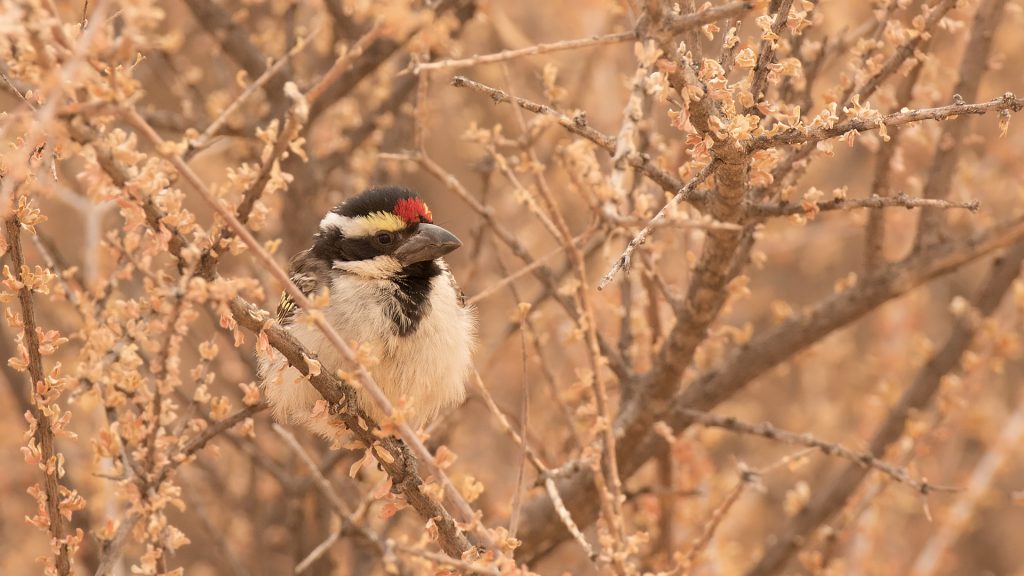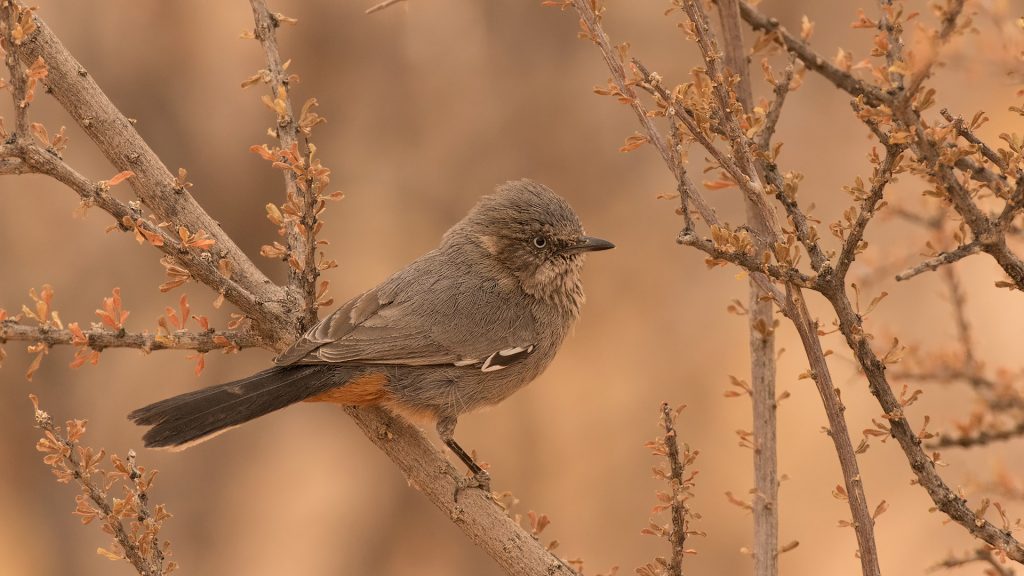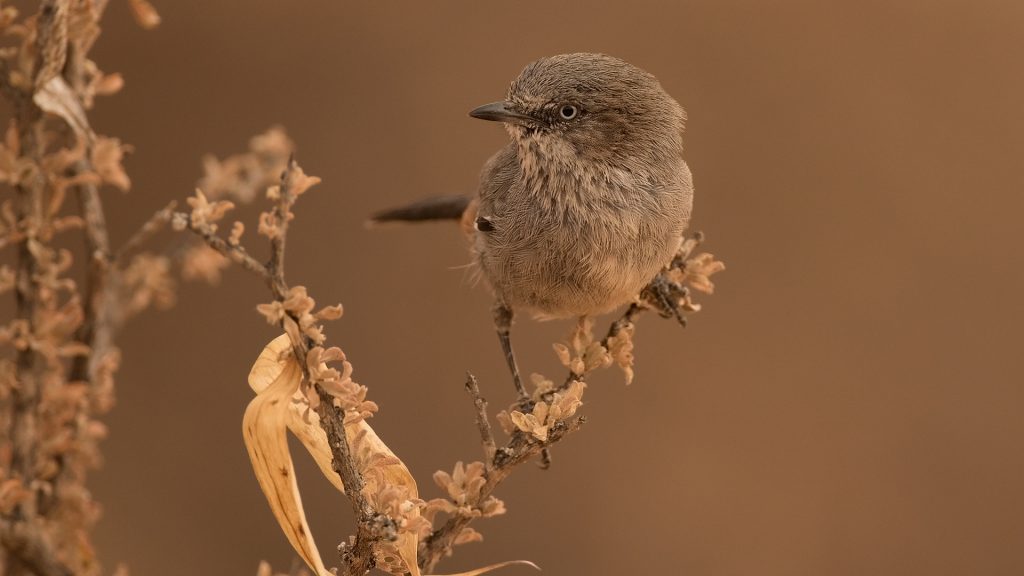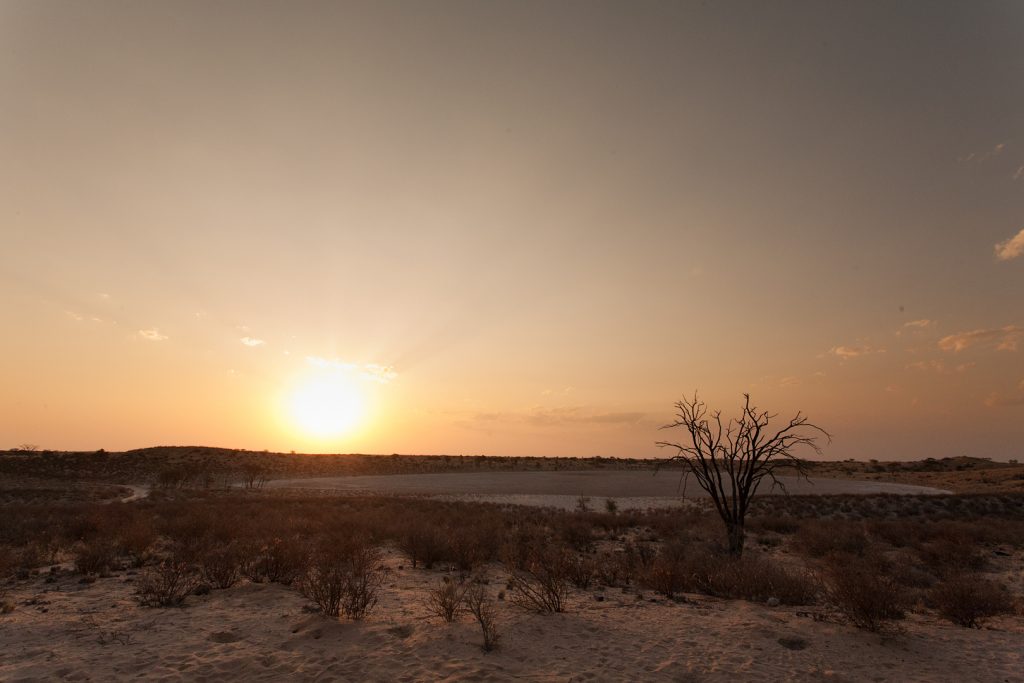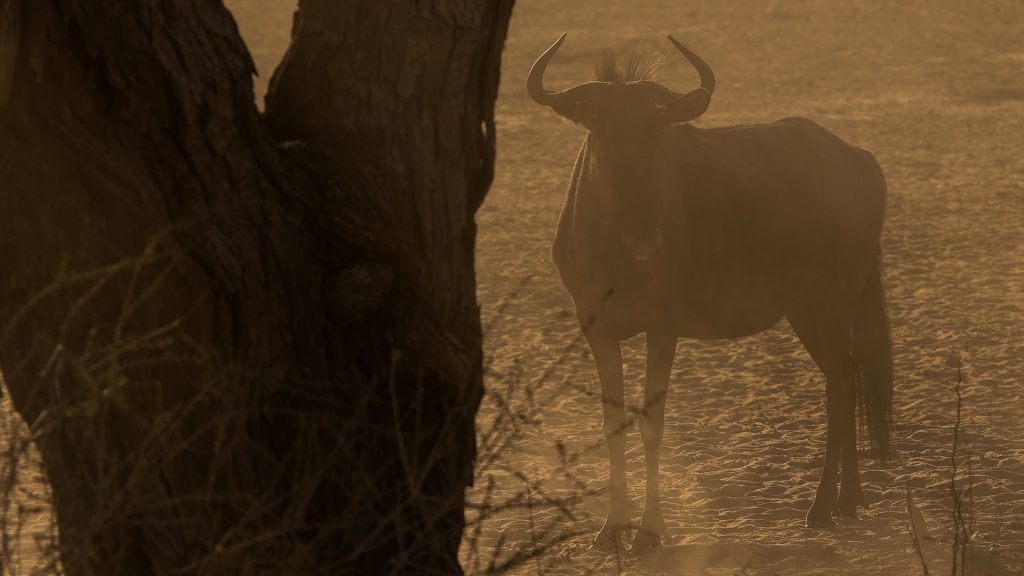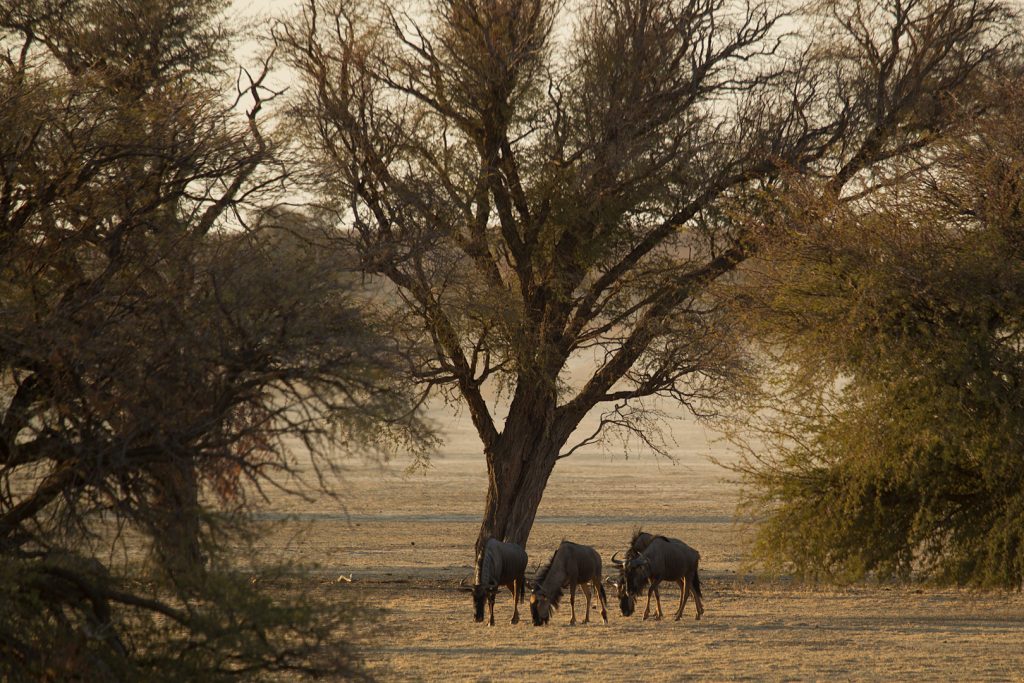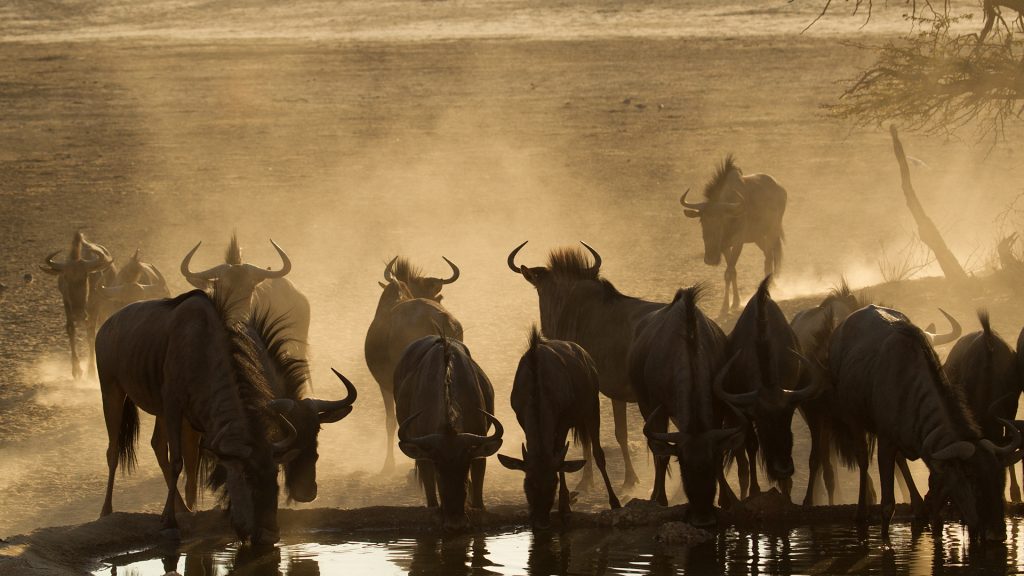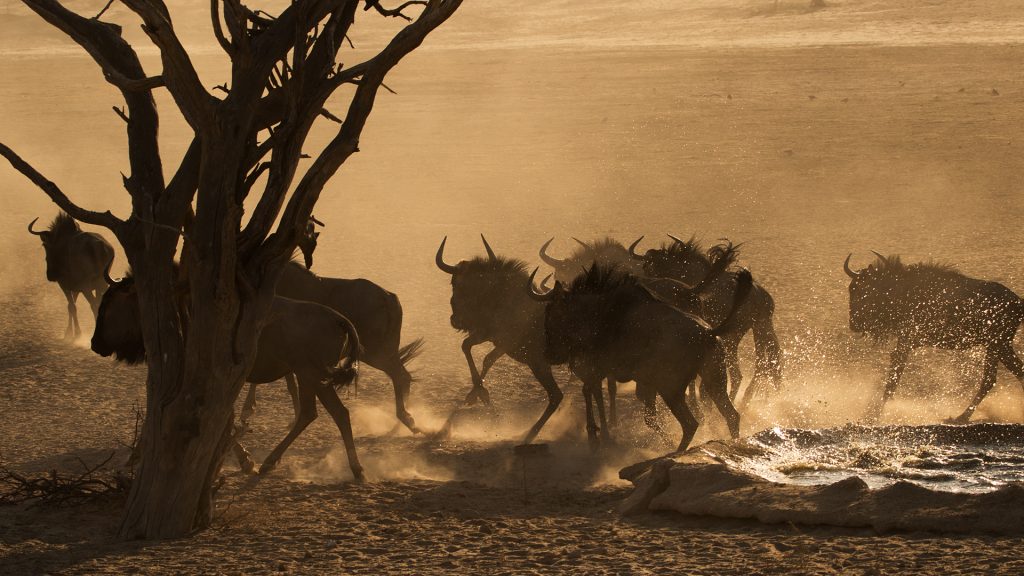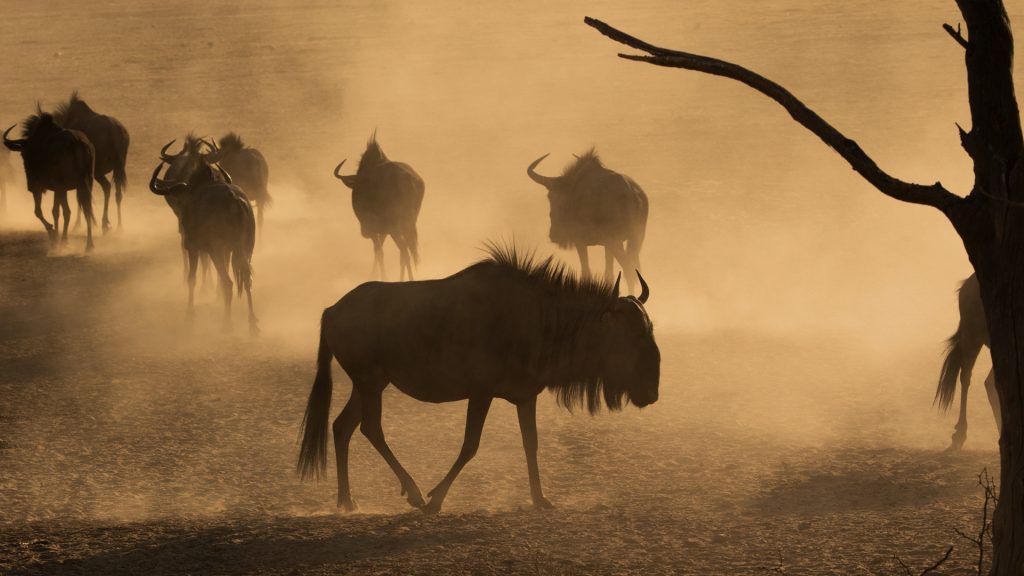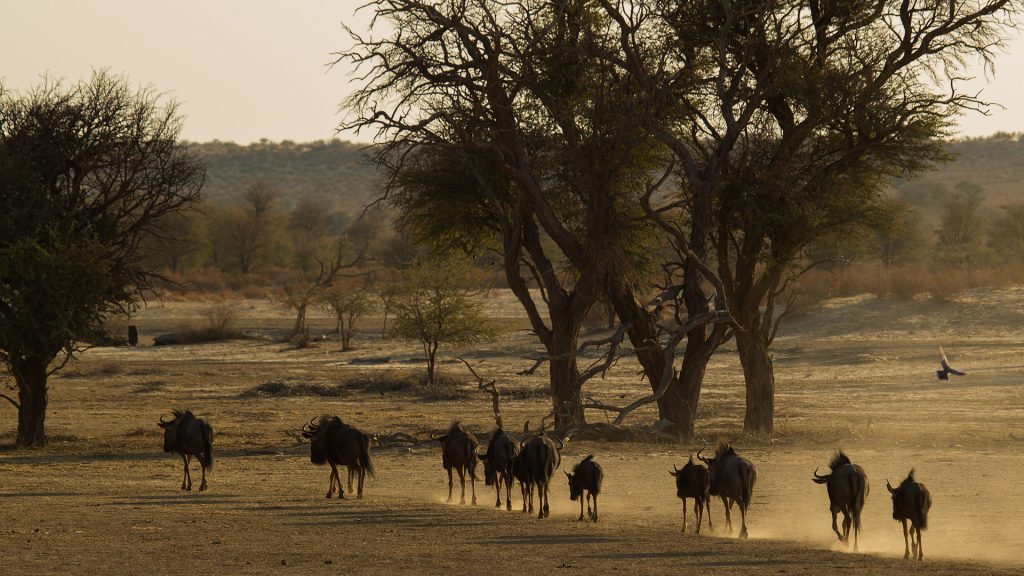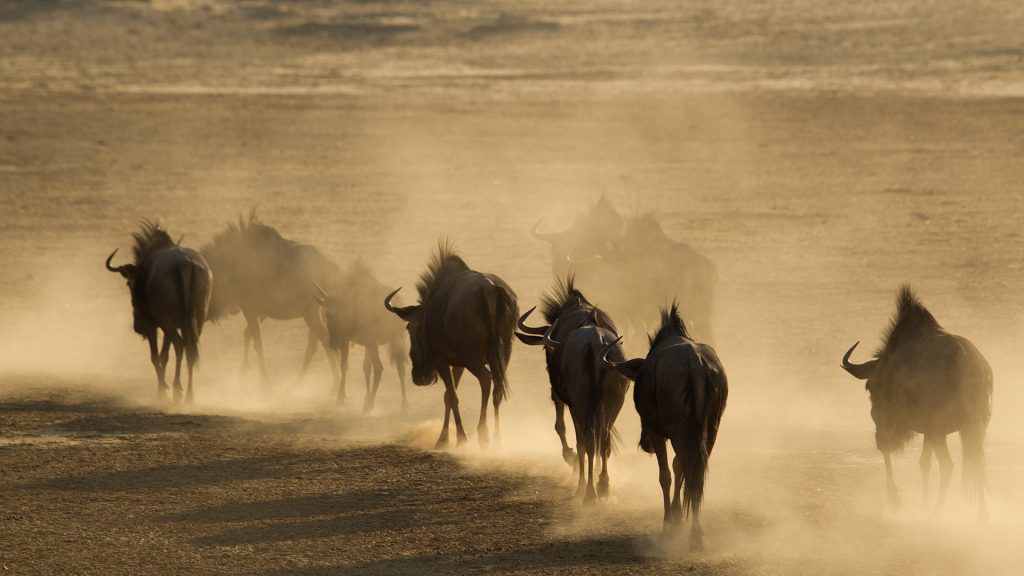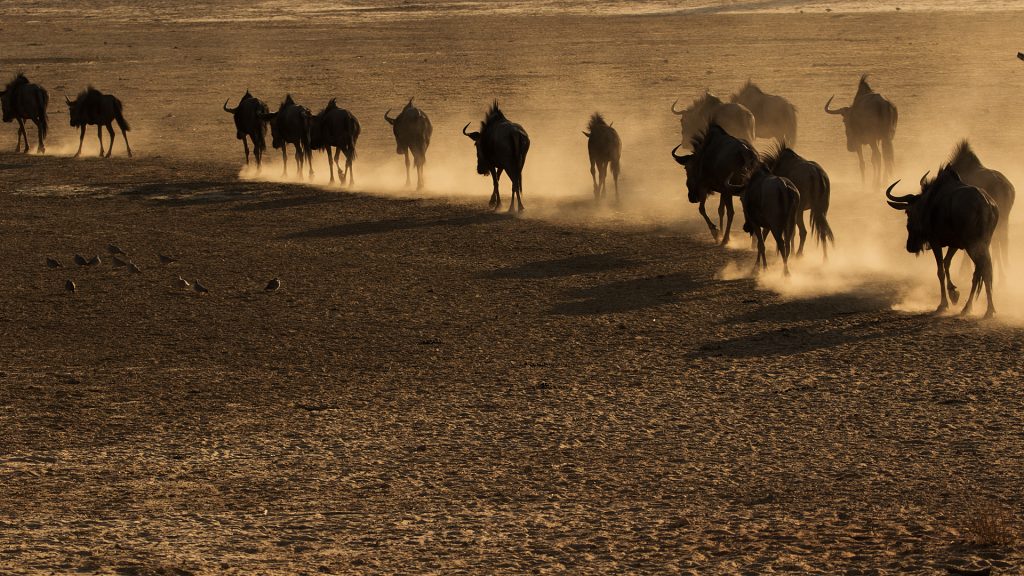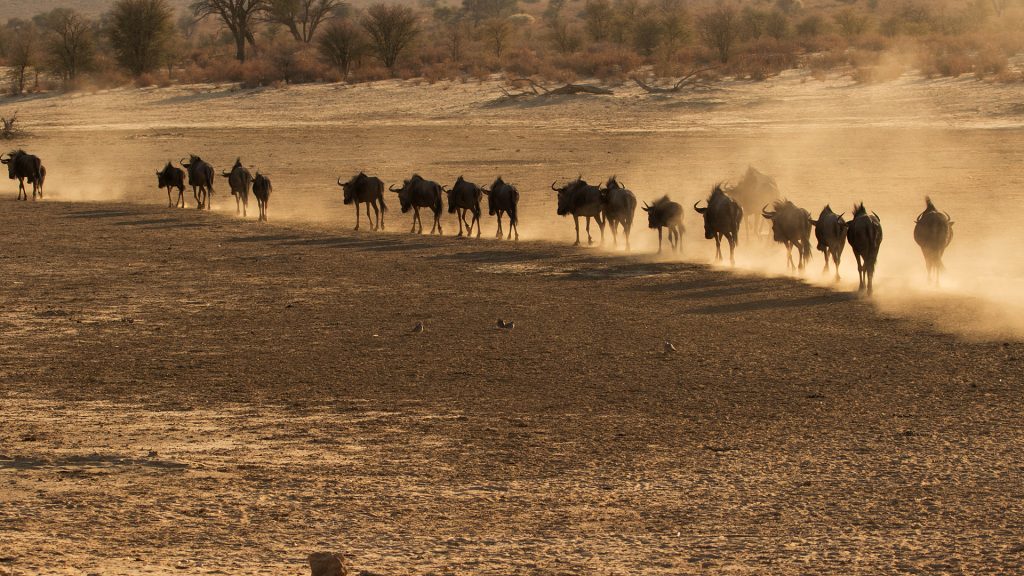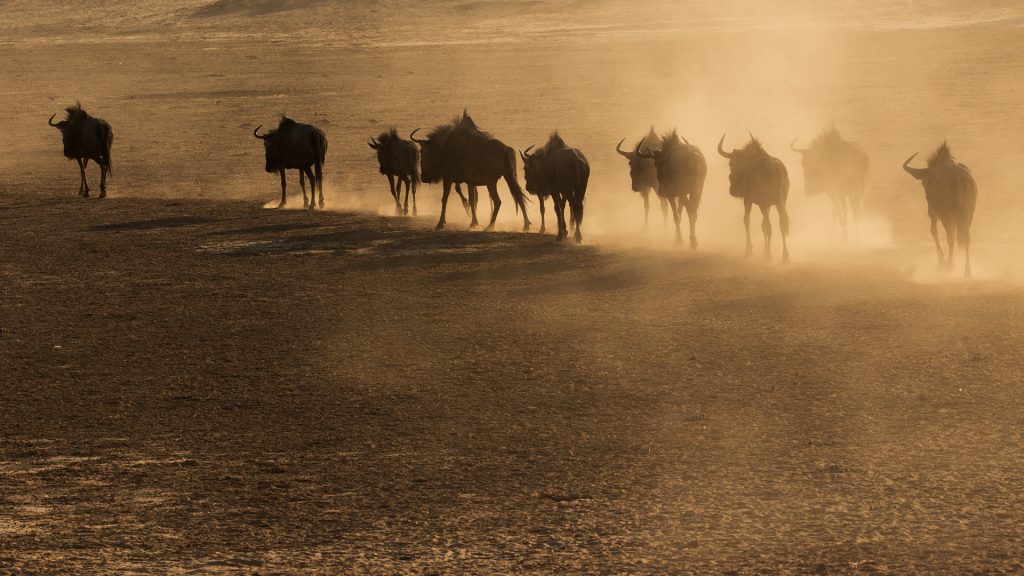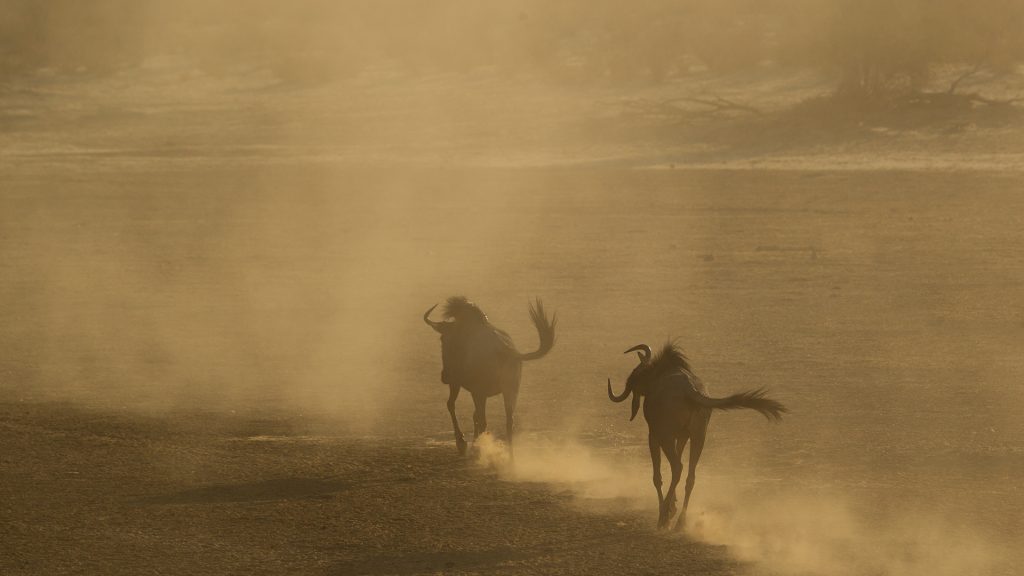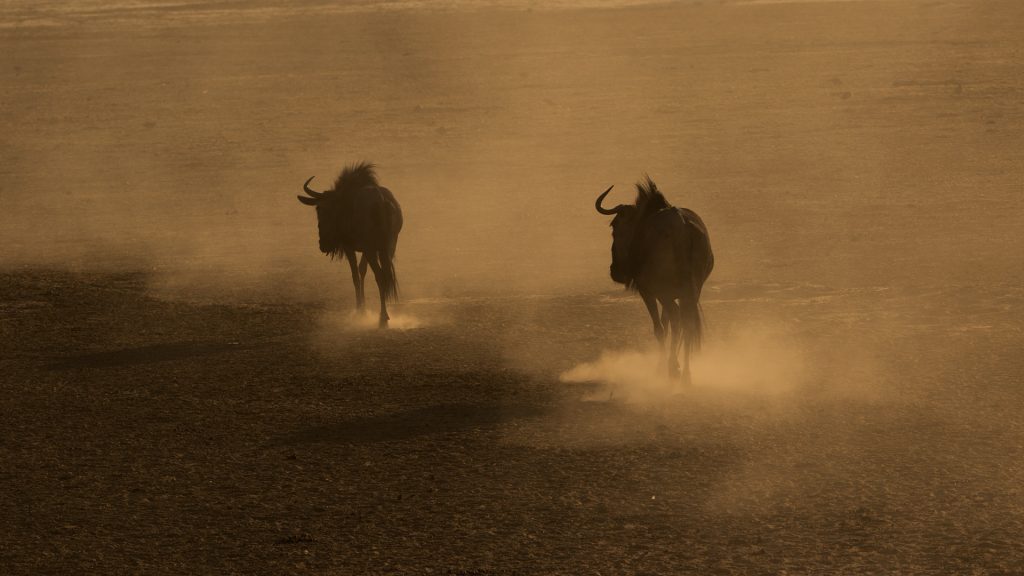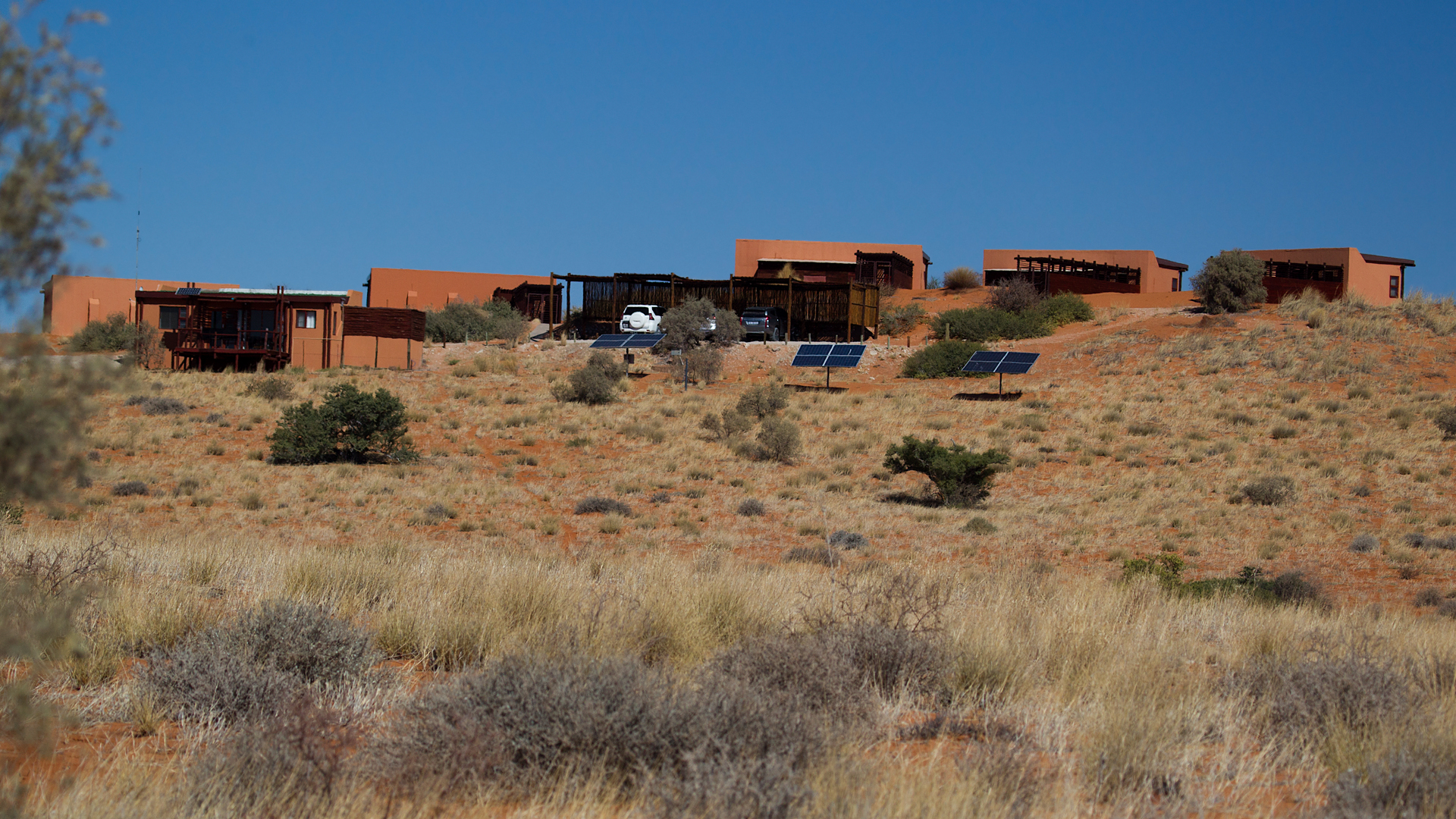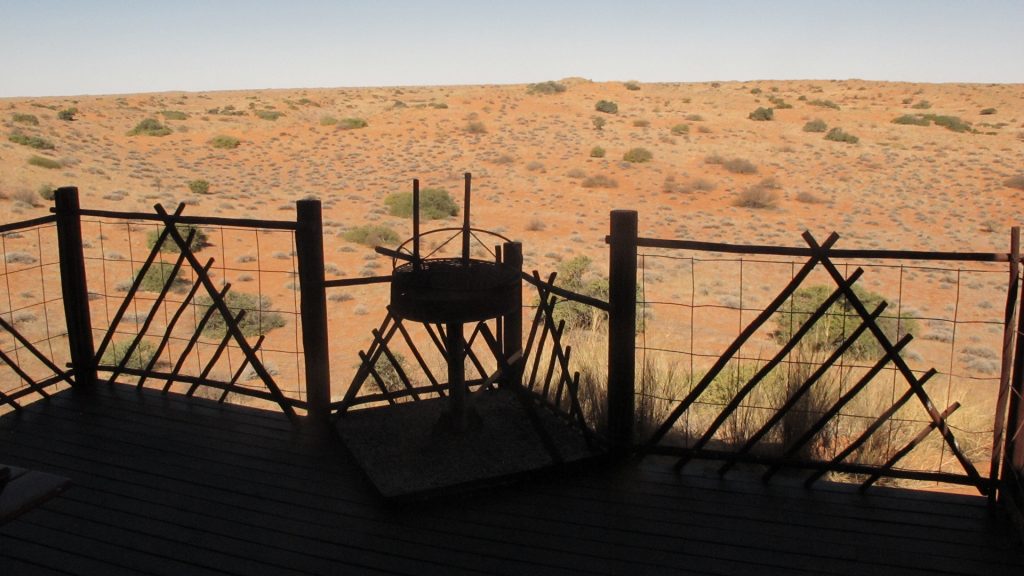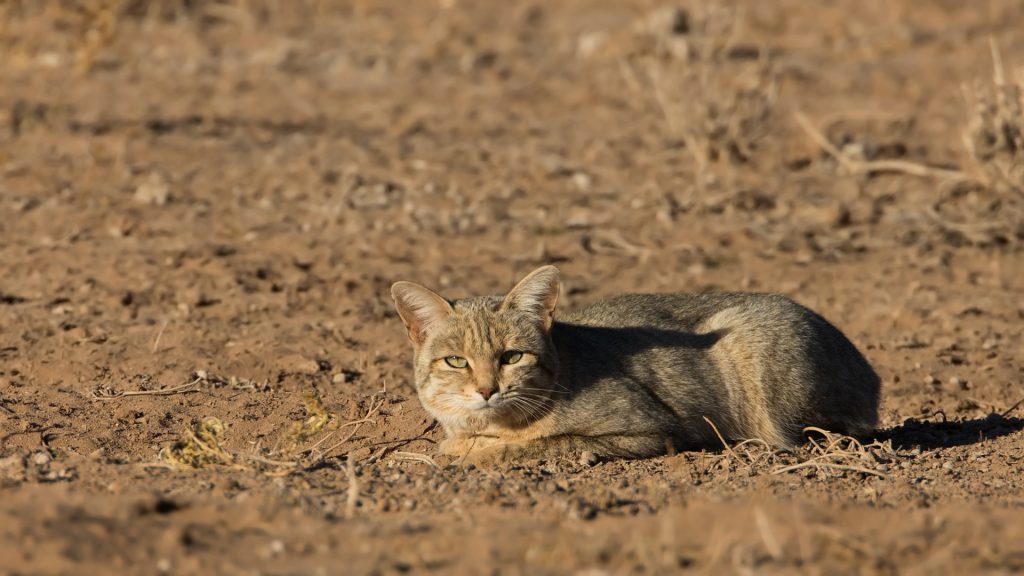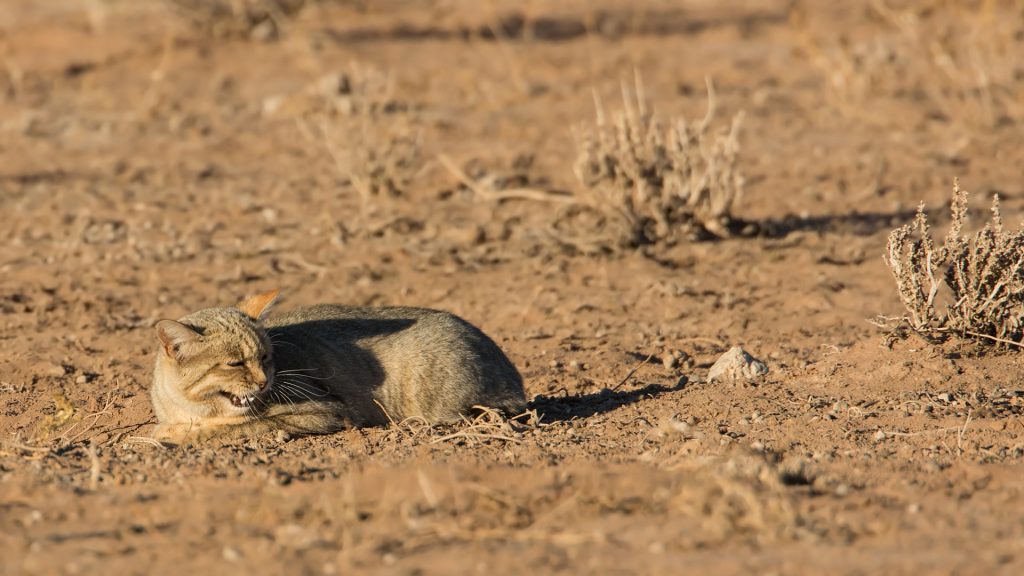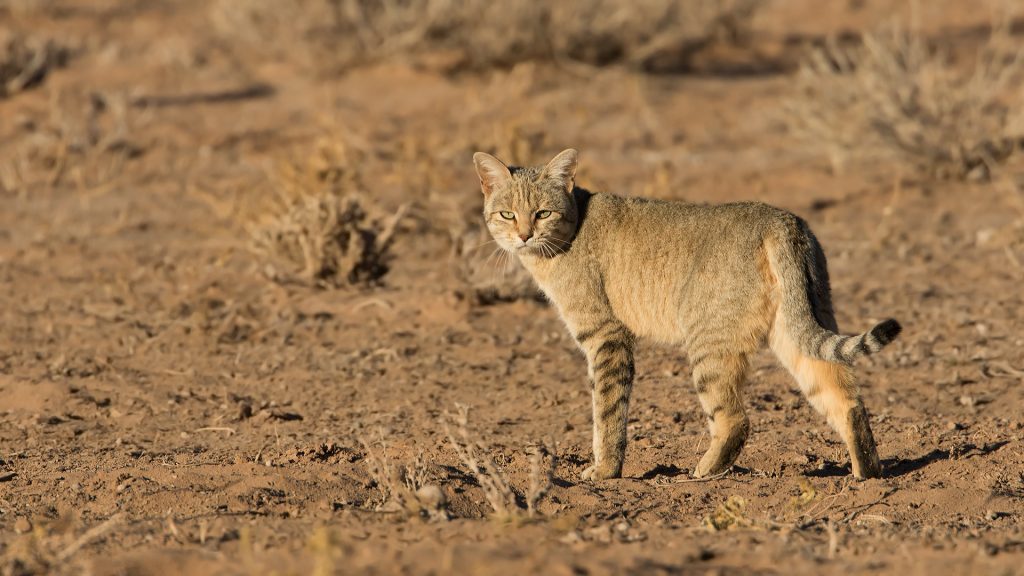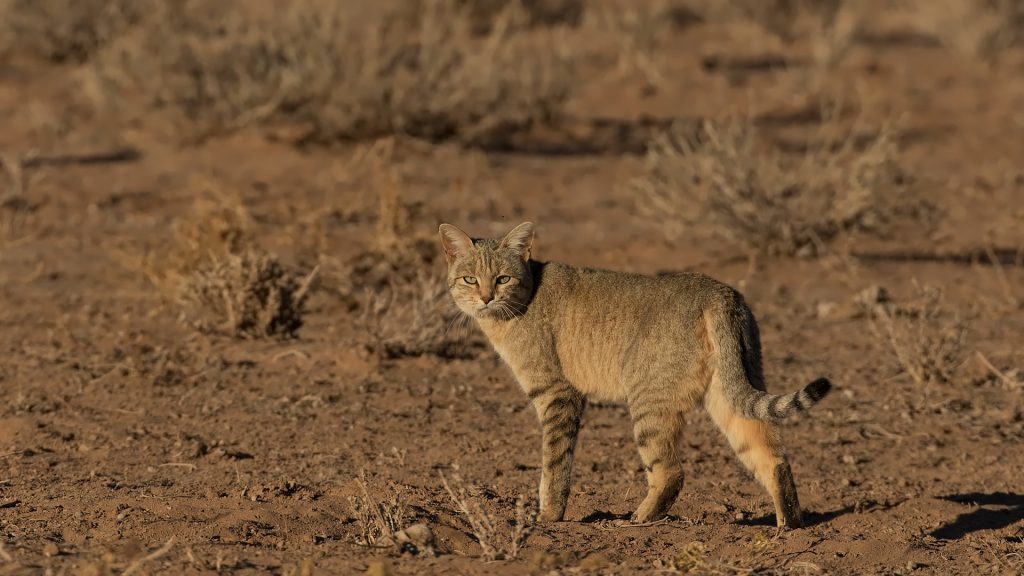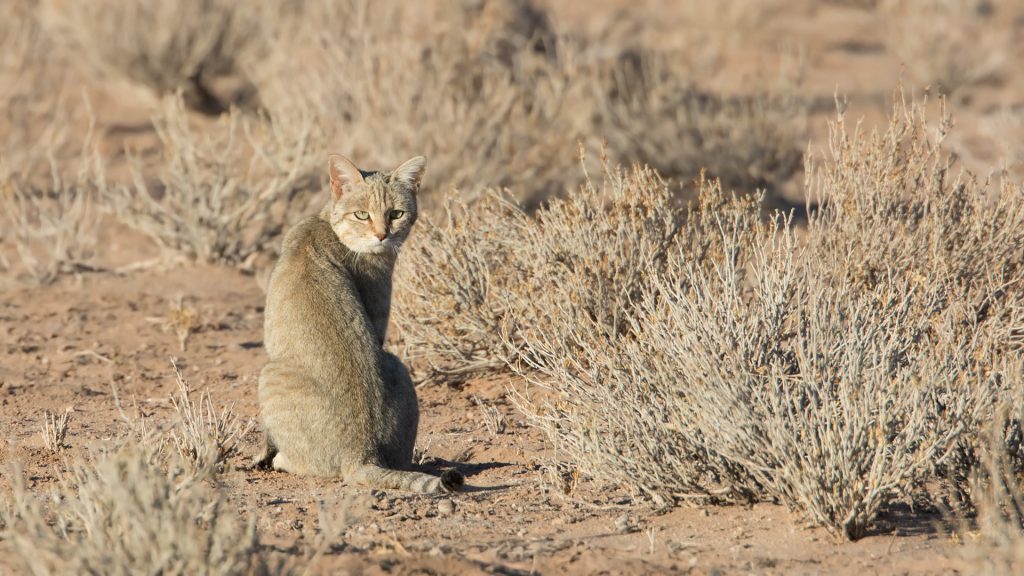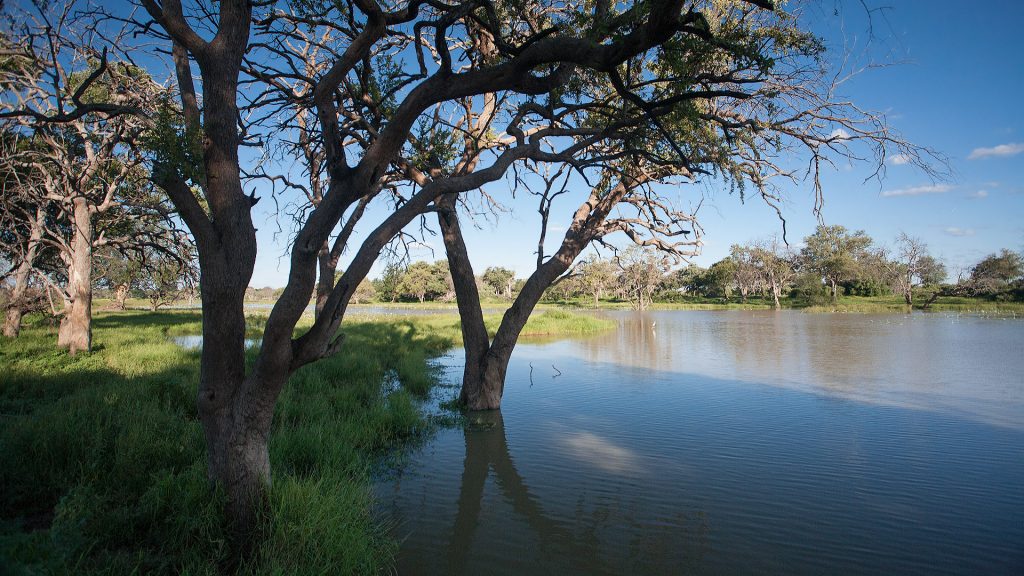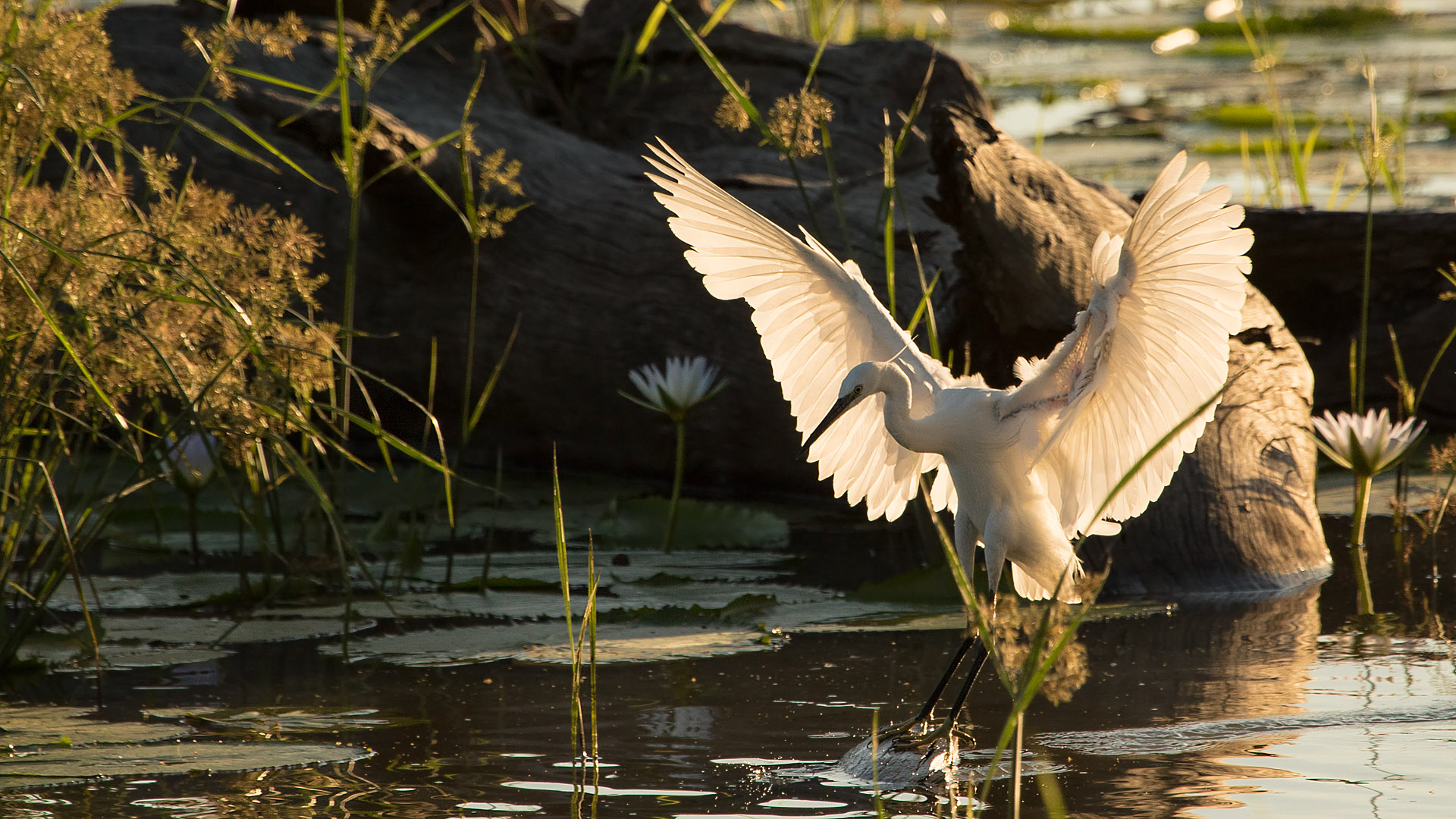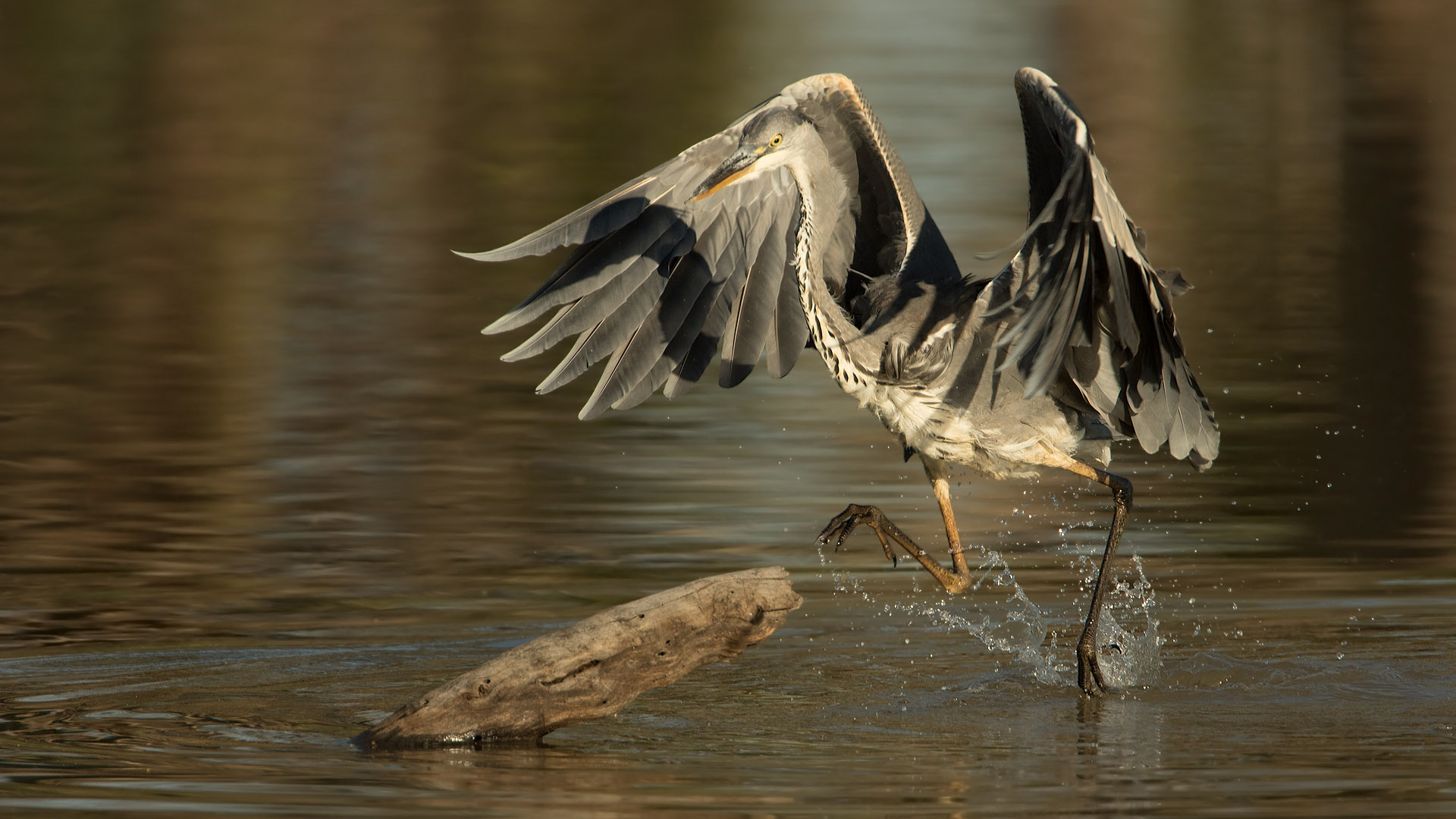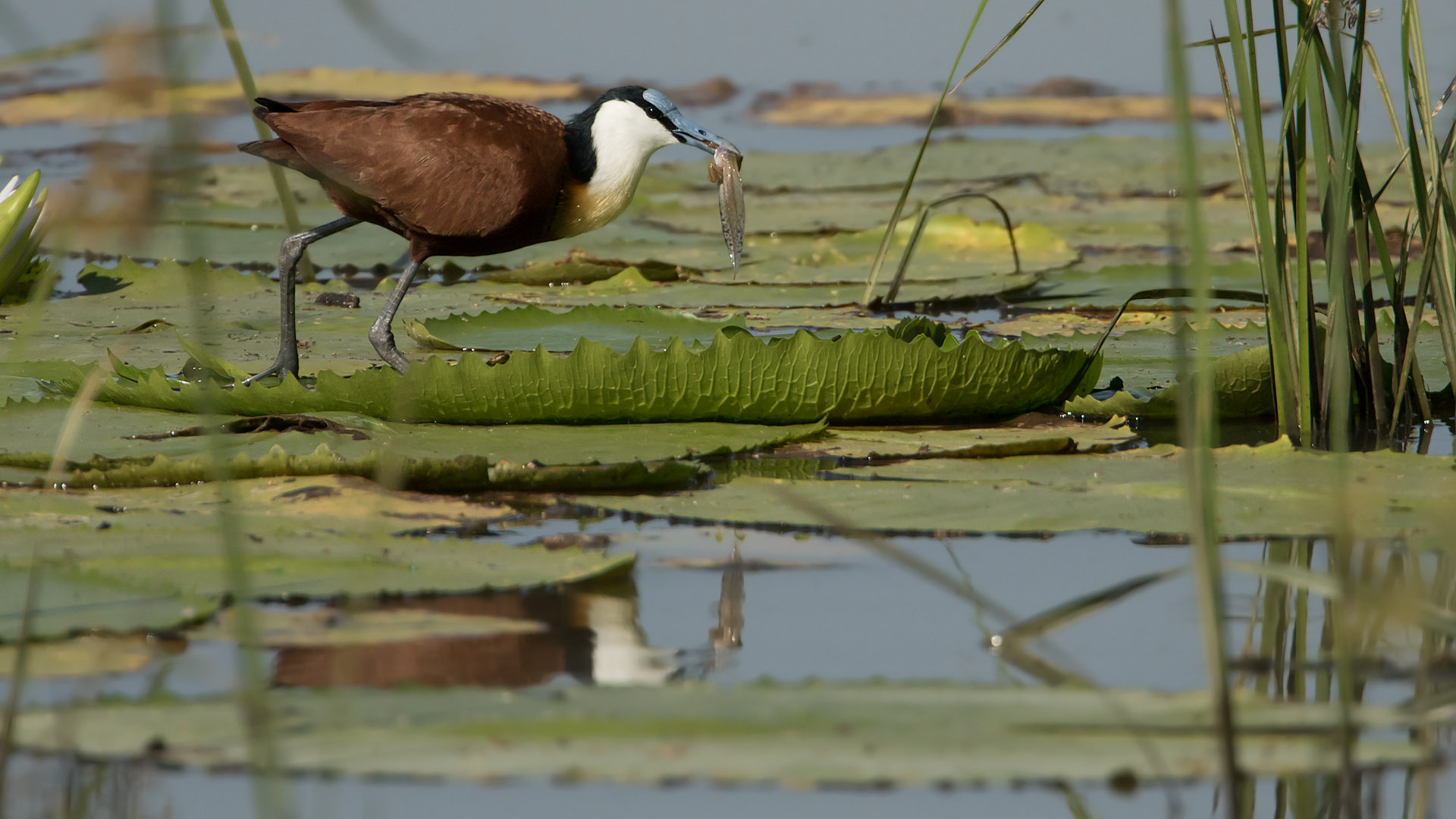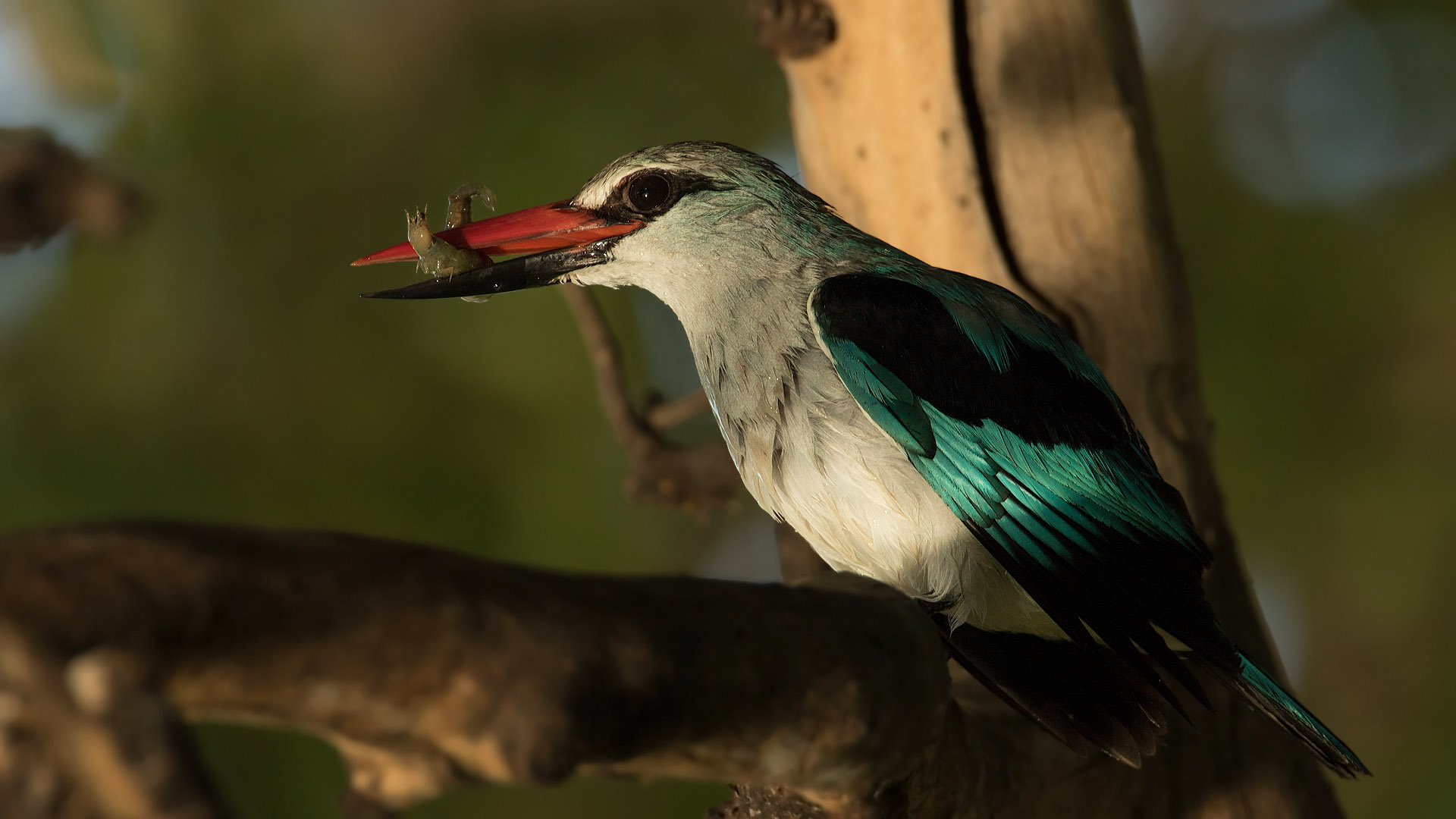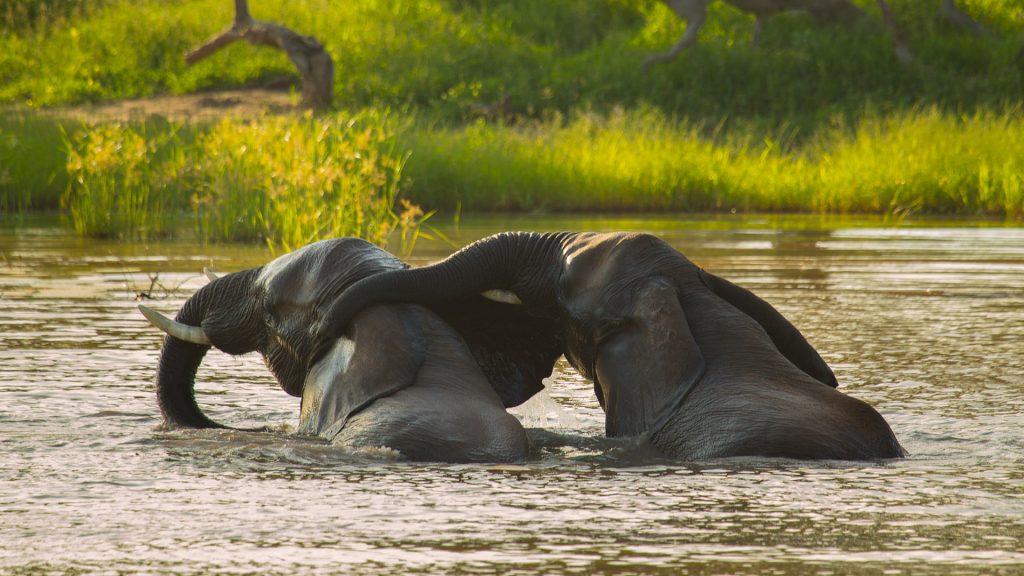Bitterpan was an absolutely amazing experience, starting with the access road! After our morning at the hide, followed by the business of loading the car, checking out, stocking up with firewood and other necessities, filling up the car and letting down the tires some more, we finally hit the road just before 11 am. This was our first mistake, as the sun was already high in the sky and, as we would learn, heat loosens up the sand even more, making it even harder to drive!
Regardless of the late start and the mild difficulties on the road, we were still first to arrive at a deserted camp. Bonus – we got the best unit, and to be the first visitors to pick a fridge!
We set up our tripods in the braai enclosure that overlooks the pan, and one of our first sightings was of a herd of Red Hartebeest making there way across the pan towards the waterhole.
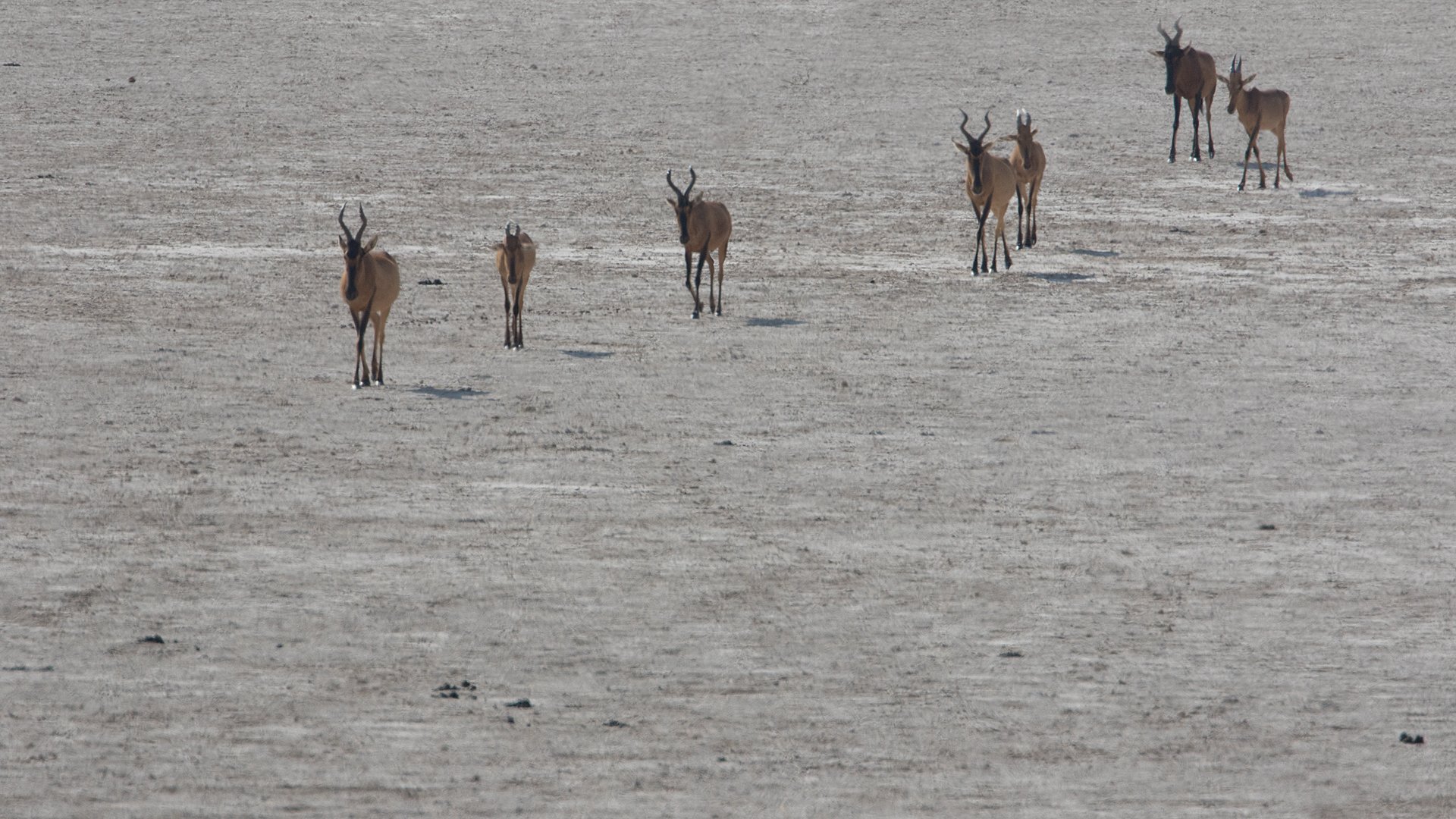
We stayed in Bitterpan for two nights. Bitterpan has a reputation for not providing very many, or very spectacular sightings, so we were prepared to spend two nights and a day just lazing about and enjoying the atmosphere. But, contrary to all our expectations, we were properly spoiled with some amazing sightings. There were Gemsbok on the pan, stunning scenery, and many small birds to keep us entertained. Brown Hyaena, Jackals and even a late-night Leopard visited the waterhole. Honey Badgers trotted past the camp in search of food.
And then there was the “Brown Hyaena Incident”, which deserves its own blog post!

